This remote luxury hotel is Mexico’s best kept secret
Hidden within a UNESCO World Heritage site on Mexico’s Yucatan Pensinsula, Casa Chable is the Mexican Riviera’s best kept secret.
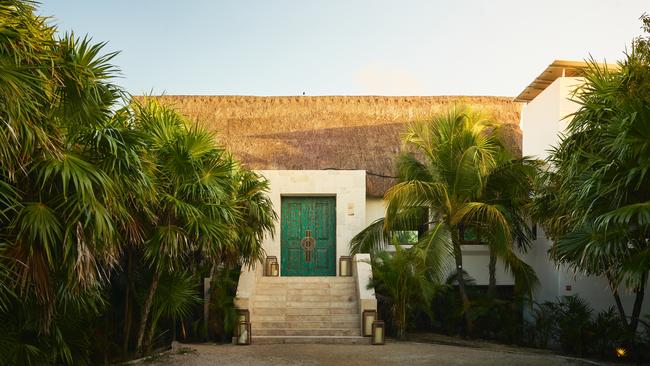
From my beachfront villa it takes precisely 66 steps to cross the soft sand to where the waves of the Caribbean Sea collapse on to kilometres of glorious shore, one I have all to myself. This soon becomes my morning routine, and as the sun rises over the ocean, I enjoy coffee and conchas (a sweet Mexican bread) in total peace, watching pelicans glide across a pinkening sky. Each evening I cross the thin spit of land with a mezcalita cocktail to watch the sun go down over the Campechen lagoon.
I’m deep in the Sian Ka’an Biosphere Reserve, a 530,000ha protected area and UNESCO World Heritage site on the Yucatan Peninsula’s east coast. Here, wildlife such as dolphins, turtles, jaguars, howler monkeys, butterflies and birds thrive within a mix of beaches, lagoons, coral reefs and rainforests. It is also where, on a thin sandy strip between sea and lagoon, the Casa Chable hotel has opened, and I’m one of the first journalists to visit one of Mexico’s most isolated hotels.
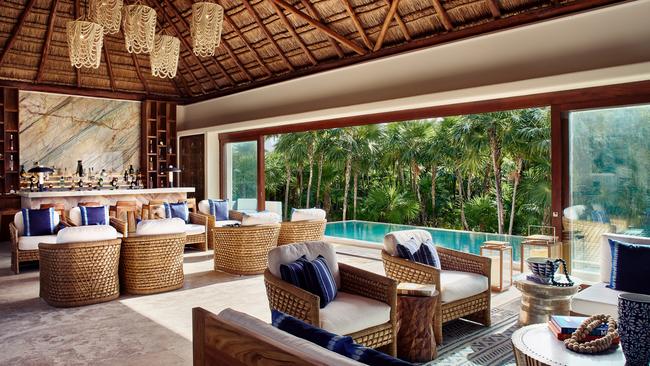
Getting here involves a two to three-hour road trip from Cancun, and then from the entrance of the reserve it’s a drive along rough tracks, which can take up to three hours, depending on the weather. Alternatively, you can arrive at the hotel via a 50-minute speedboat trip. I opt for the latter and race across the reserve’s blue lagoons at an exhilarating 80km/h, suddenly turning into a mangrove swamp where a night heron perches like a sentinel. The captain steers slowly through the shallow water, down a canal to another vast lagoon.
Casa Chable’s manager, Ronald Cruz, welcomes me, leading me down a path as an iguana scampers out of the way. As it happens, I’ve been here before. Casa Chable has been built on the site of an old hotel I stayed at in 2018. Mukan, as it was called, had the same astonishing setting and similarly lovely, personable staff, but the whole experience has been lifted significantly. I step through the bright green doors of the whitewashed Casa Principal, the hotel’s main hub, into a space with a high thatched roof from which chandeliers dangle like giant pearl necklaces. Rattan armchairs are dotted with ocean-blue cushions and the terrace leads to a 20m swimming pool.
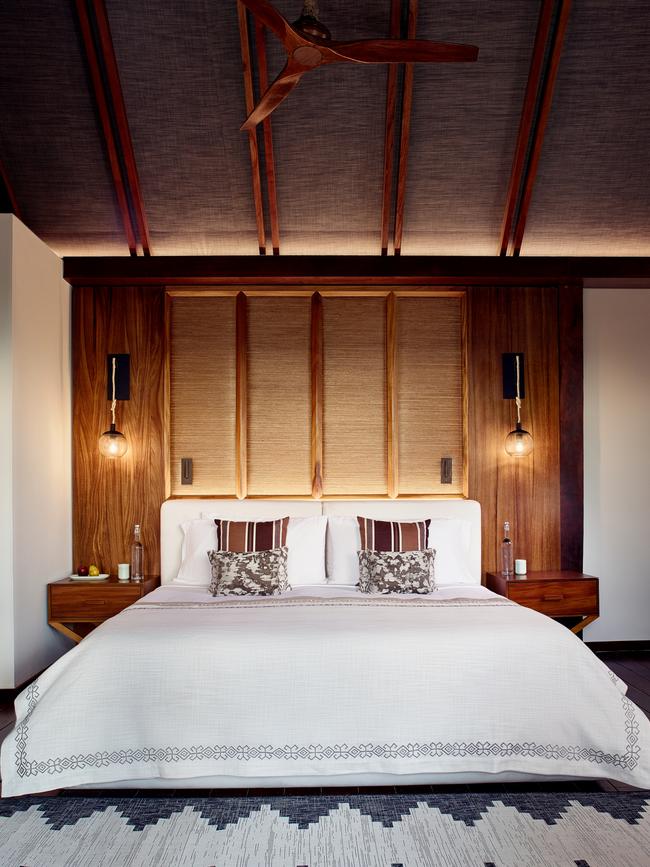
The main house has five bedrooms, but I am staying in one of five thatched villas set along the shore. Mine, called Hunab Ku after a Mayan god, features marble sinks in the bathroom, chocolate-brown Sapodilla wood floors and walls, and intricately stitched throws from Oaxaca. The wooden deck has a crescent sofa, an outdoor shower and a view of a hammock strung between the two palm trees with the ocean behind that makes me want to stay forever.
The nature-based tourism on offer here couldn’t be more different from that found along the coast in Tulum or Cancun.
“We’re in the middle of nowhere,” Cruz tells me. “The nearest fishing village, Punta Allen, is 15km away. There’s some camping and basic cabanas, but we’re the only luxury hotel in the reserve.”
This is the third hotel from the Chable chain. The first, Chable Yucatan, has jungle bungalows around an original hacienda in the countryside outside Merida, while Chable Maroma is a 70-room beach pad on the Riviera Maya. More are coming, with Chable Sea of Cortez in Baja California and Chable Casona in Merida confirmed for 2024, and another in Mexico’s Guadalupe Valley wine region.
Chable’s 33-year-old chief executive, Diego Gutierrez, who runs the company with his father and brother, hopes the brand will become the Mexican answer to Aman or Banyan Tree.
“The company is 100 per cent Mexican, something we’re very proud of,” he says, explaining that as it expands he wants to keep nature, sustainability and attention to detail at its heart.
The Chable is an example of how this part of the Mexican Riviera is changing. Before arriving I spend a couple of nights in Tulum, 30km to the north. It’s a place I’ve visited more than 20 times over the past decade, having lived in the Riviera Maya for a few years.
The town has been steadily losing some of its laidback bohemian “traveller” vibe to the DJ and beach-party scene, with more hotels, shops and businesses, but the transformation since my last visit, in 2019, is startling. There’s been rapid expansion, including massive construction projects of luxury apartments and new roads. Yet I still get a jolt of excitement every time I turn on to the beachfront road and see the surf crashing against the rocks.
One of Tulum’s long-standing hotels, La Valise, has opened 11 Jungle suites across the road from the original beachfront boutique hotel. Mine’s a creamy cube in limestone and concrete, with a rattan heron on the lampshade, and a patio with an outdoor shower and corner plunge pool. As well as a spa, yoga classes and tours, there’s a shared 20m swimming pool.
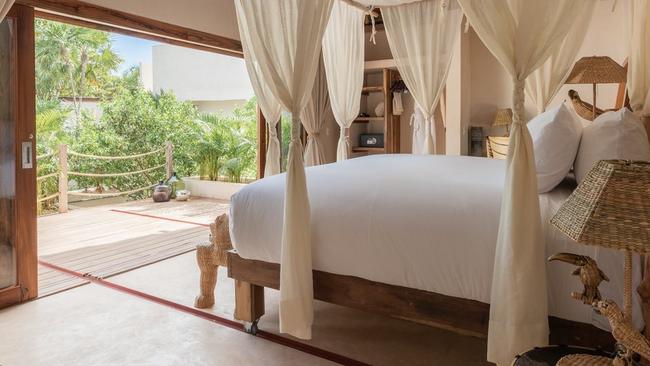
A little way east out of town is Vesica, an inland beach club built around a cenote, one of the Yucatan peninsula’s freshwater rock pools. There’s faint music coming from speakers, but it’s overlaid by a natural soundtrack of water trickling into the cenote from an urn and a breeze rustling through palm trees and the drapes of the four-poster cabanas. It’s peaceful at lunchtime, gradually filling through the afternoon with an international crowd. Kids leap from the high deck into the water; adults chat over icy cocktails, shrimp aguachile and Baja-style fish tacos.
Delicious food is also on the menu back at Casa Chable, where each day I eat at the open-sided beachfront restaurant, K’uum. The cuisine is modern Mexican, with dishes such as tikin xic fish (spiced sea bass with sweet potato mash and black beans), and a “taco trilogy” (lightly charred, crispy corn tortillas stuffed with shrimp, dorado and vegetables). Coconuts for the creamy sorbet come from trees metres away.
“Our intention is to respect Mexican ingredients and pre-Hispanic techniques, to give a sense of the power of our Mexican culture,” says chef Williams Saurina, who is cooking a menu created by Jorge Vallejo, the chef and owner of Mexico City’s lauded fine-dining restaurant Quintonil.
One night, plates of lobster, shrimp, root vegetables and green Calasparra rice are served on the beach, beneath the stars and a string of light bulbs between palm trees. I take a boat tour to San Jose, “the island of birds”, where a cloud of magnificent frigatebirds, brown pelicans and roseate spoonbills fills the sky. I snorkel along a section of the Mesoamerican Reef, the second largest in the world, coming face to face with a spotted eagle ray with a 2m wingspan.
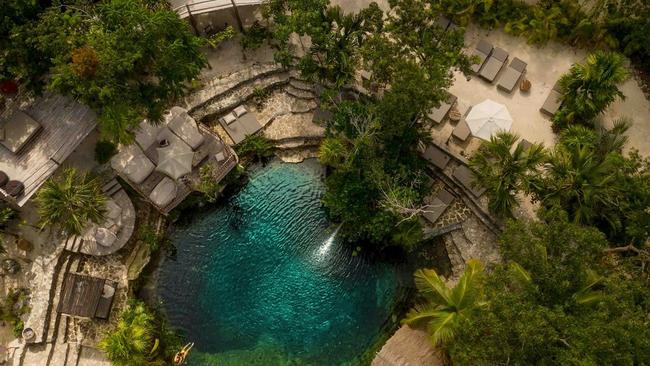
Another morning I ride a fat bike to a little Mayan ruin, one of 23 pre-Hispanic sites across the Sian Ka’an reserve. I follow it with a Mayan deep-awakening spa treatment on the beach, which combines Swedish and shiatsu massage with local rebozos (scarves) used to stretch me out. Later I paddle a kayak along the coast. There is no one on the beaches, no boats on the ocean, just ospreys, pelicans and terns. It’s not perfect, though; the beaches are scattered with plastic rubbish.
At night, with the skies clear and no light pollution, the stars are spectacular. On my final morning I walk down to the beach, as the orange disc of the sun rises on the horizon. But with a storm coming, a rainbow forms over the lagoon behind Casa Chable, just to give this tropical paradise one last memorable touch of magic.
Graeme Green was a guest of Journey Latin America, Casa Chable and La Valise Jungle.
THE TIMES
IN THE KNOW
Casa Chable has rooms from $US1159 ($1725) a night.
Accommodation at La Valise Jungle in Tulum starts at about $US400 a night.


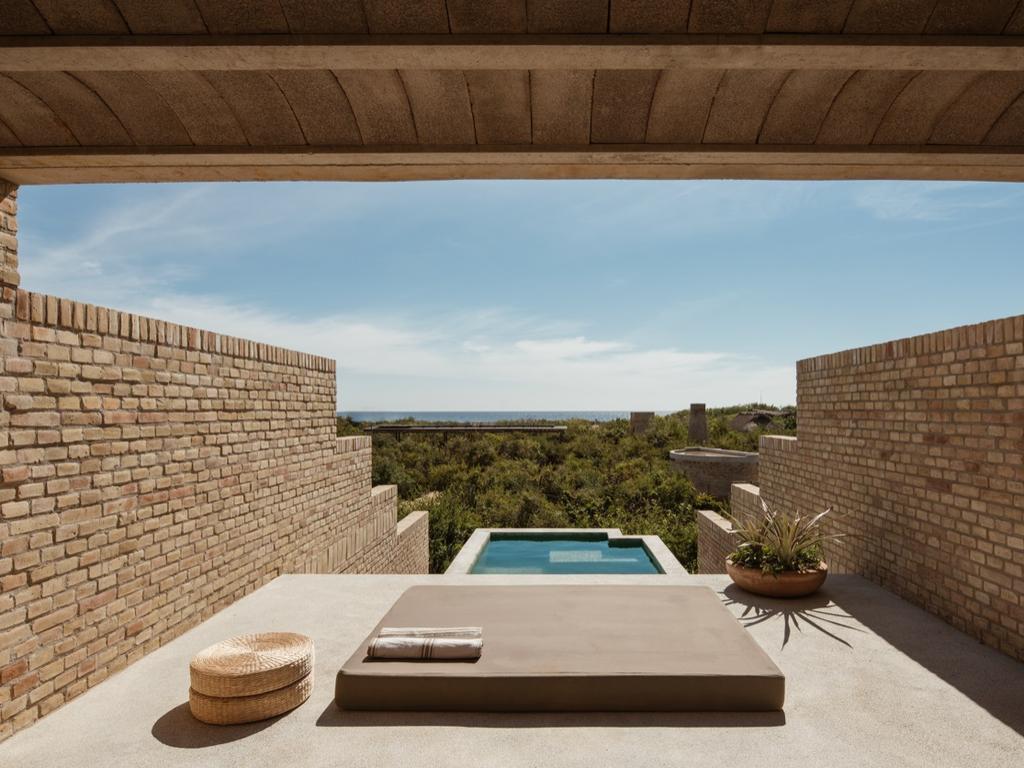

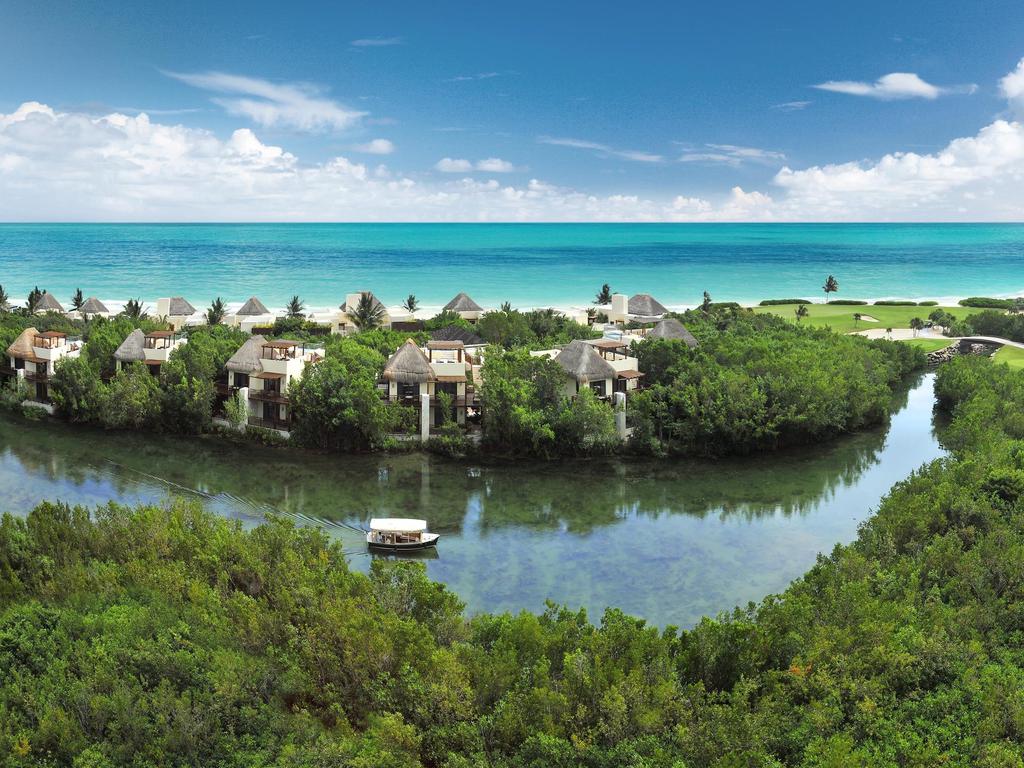
To join the conversation, please log in. Don't have an account? Register
Join the conversation, you are commenting as Logout